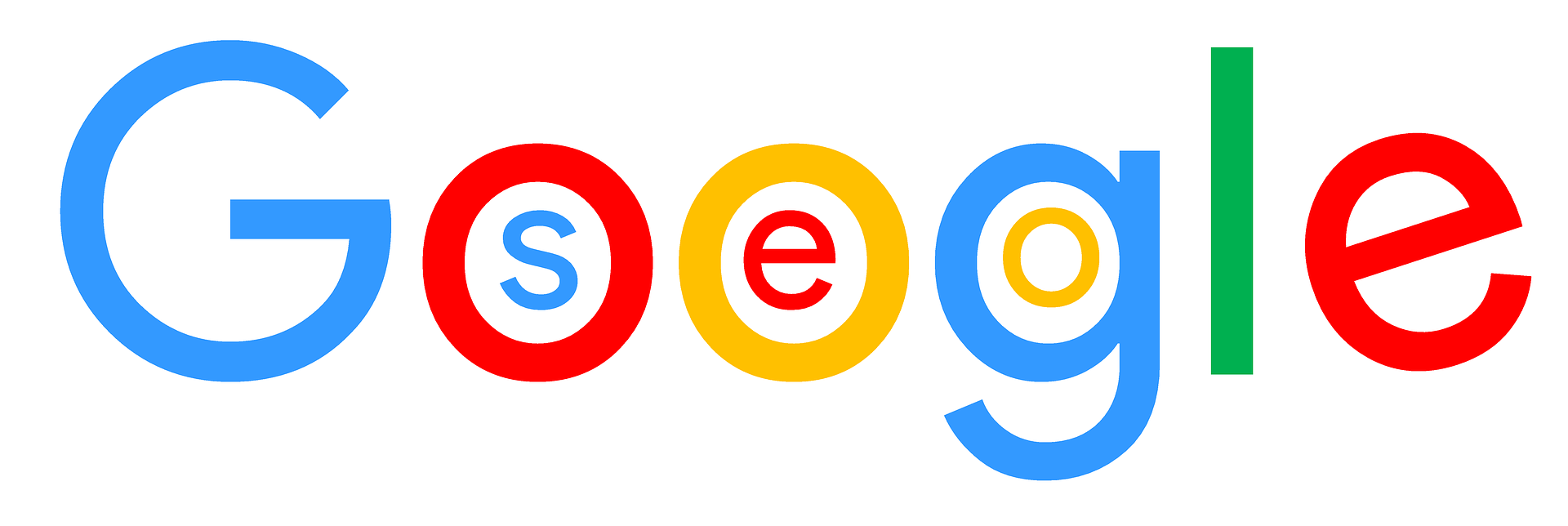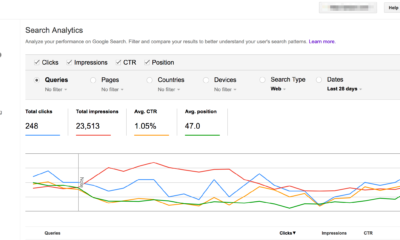News
Google has shared its SEO Tips for the single page apps

Martin Splitt has just shared the actual look of SEO that should be used for working with single-page apps in his latest Google Lightning Talks video.
The single-page apps are known for their dependency on JavaScript. From creating the HTML to the loading of content, JavaScript is required to let the users navigate through the different parts of these types of apps.
The JavaScript shows the ‘view’ as the reference to the loading of new content. This access to the single page app using JavaScript lets the browsers to load the views without the full reload.
Martin Splitt has further discussed the challenges of working with the Single Page Apps. It shows that JavaScript is not that convenient for search engines in case of crawling and indexing.
The challenges reach a whole new level when the content gets occupied with the JavaScript.
That’s exactly what happens with the single-page apps.
Here’s what Google has advised solving this Single Page Apps related issue:
“Coverall code paths
Treat views as URLs
Optimize titles and descriptions for each view
Improve how the app deals with errors”
Here’s how he has described:
Cover all code paths:
According to Splitt’s example, Single Page Apps are instructed to fetch the user’s location, but there’s no code path to instruct it what to do when the location is not available. The content will be rendered if there is a code path to handle the declination of geolocation by Google bot.
Treat views as URLs:
If the URL in the address bar doesn’t change with clicking Google bot will see only the homepage. This might impose issues in the ranking. That’s why Splitt has said:
“To fix this we can use the history API and proper link markup with href attributes to expose the views as URLs within the links.”
Titles & Description:
Splitt has advised adding “a little extra JavaScript” for resolving the problems that occur due to overlooking the important SEO components like Title and Description while optimizing “views”.
Dealing with errors:
The way Google deals with errors like invalid URLs should be resolved by the changing of the default status code for the individual views. He has recommended creating a view with 404 and 500 code.
-

 Domains6 years ago
Domains6 years ago8 best domain flipping platforms
-

 Business5 years ago
Business5 years ago8 Best Digital Marketing Books to Read in 2020
-

 How To's6 years ago
How To's6 years agoHow to register for Amazon Affiliate program
-

 How To's6 years ago
How To's6 years agoHow to submit your website’s sitemap to Google Search Console
-

 Domains5 years ago
Domains5 years agoNew 18 end user domain name sales have taken place
-

 Business5 years ago
Business5 years agoBest Work From Home Business Ideas
-

 How To's5 years ago
How To's5 years ago3 Best Strategies to Increase Your Profits With Google Ads
-

 Domains5 years ago
Domains5 years agoCrypto companies continue their venture to buy domains








